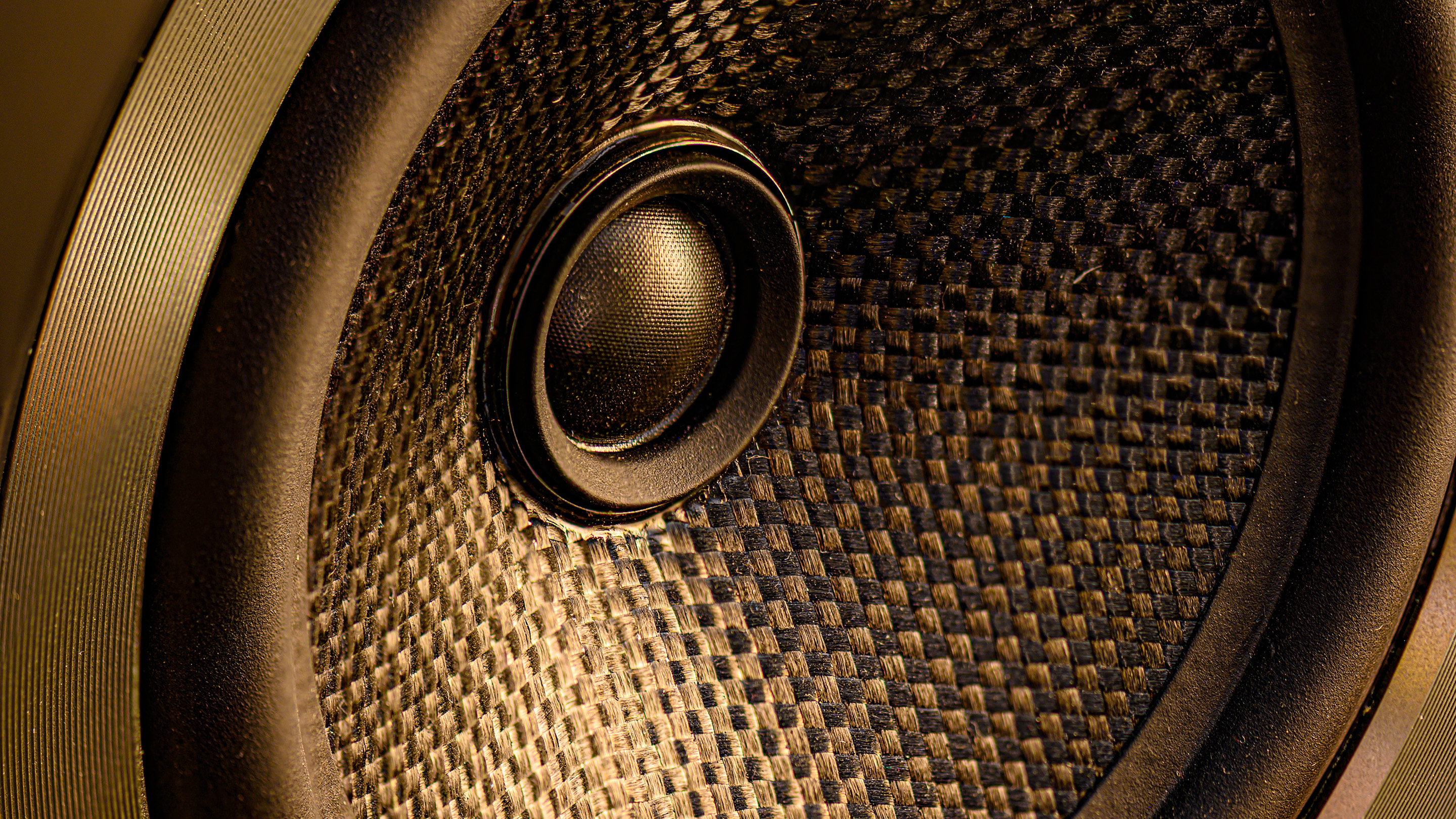
3D Audio: The Sonic Immersion of the Future in Music, Cinema, and Games
The technology of immersion, often referred to as 3D sound or spatial sound, is gaining ground in the realms of music, cinema, and gaming.
Regarded as the “technology of the future,” 3D audio has been steadily asserting its presence within the spheres of music, cinema, and gaming. This evolution enriches the listener’s experience, offering an augmented sense of immersion and audio precision. Interestingly, it has even found utility in aiding the management of anxiety crises.
In our article on The Benefits of Sound Branding, we elaborate on how sound possesses the remarkable capability to establish connections with the audience, evoke emotions, forge positive memories, and significantly influence purchasing decisions. Now, the realm of 3D audio technology has advanced to enhance this auditory experience.
However, before delving into the mechanics of this phenomenon, let us first grasp some fundamental aspects.
What is 3D Sound (or Three-Dimensional Audio)?
To label 3D audio as the “technology of the future” is far from a baseless prediction. Its purpose is to position the listener at the core of the action, surrounded by an experience where audio takes center stage in conveying intricate notions of depth, proximity, and intensity. This sensation is akin to wandering through one’s own mind and its surroundings. Admittedly, describing audio in words is challenging. Ideally, one would listen to it firsthand. Below are a few examples you can experience with your headphones. While it might not be an exact replica, we assure you that the encounter is extraordinary and unlike anything heard before.
The earliest recorded media was available in the Mono format, transmitting a single audio signal to all outputs. Subsequently, a revolutionary leap occurred with the advent of Stereo sound in the late 1950s. This innovation involved broadcasting two distinct signals—one for the left and another for the right.
Today, it’s common to experience games, films, and particularly music in this format. Thanks to pioneers like The Beatles, Led Zeppelin, and Pink Floyd, who defied the resistance of producers from that era and recognized the potential of this technology. However, at this point, sound remained 2D, offering only notions of width (left and right) and length (front and back). Yet, the potential for improvement was palpable.
Enter 3D audio, introducing the dimension of height through an additional transmission channel positioned above. This concept had previously been explored with binaural audio, dating back to the 19th century with the invention of the Théâtrophone. This device aimed to replicate human auditory perception for transmitting theater performances and operas via telephone. However, since stereo sound hadn’t emerged yet, a specialized headset was necessary, limiting accessibility and popularity.
Only in the last decade did the Dolby Atmos technology emerge, making its debut during the screening of the animated film Brave (2012) in a Hollywood cinema. This technology has since become a fixture in cinemas, music, and the gaming world. However, it’s not the sole contender in the realm of three-dimensional audio and now competes, for instance, with DTS:X.
The Purpose of 3D Audio
immersive experiences when engaging with music, games, films, or series where the auditory experience is delivered in 360 degrees. Although it’s best experienced through specialized equipment designed for experimenting with this technology, such as Dolby Atmos or DTS:X-enabled devices equipped with noise cancellation features, the triumph of 3D audio lies in its adaptability. It can be “converted” or “compressed” to replicate this effect artificially on a single stereo device.
Leading streaming platforms like Apple Music, Tidal, and Amazon Music HD have pioneered the availability of albums by artists like Britney Spears, Rolling Stones, Marvin Gaye, and Mariah Carey in Dolby Atmos technology (listen here). Certain classics have even been remastered specifically for this format. Simultaneously, Netflix has also incorporated spatial audio in some of its original productions through meticulous Sound Design work.
In the realm of gaming, the PlayStation 5 has initiated the use of this technology for game sound design, primarily due to its compatibility with Augmented Reality. Consequently, players find themselves “inside the environment and the action” enabling them to hear arrows whizzing by, footsteps echoing in different surroundings, or to pinpoint enemy locations through sound echoes.
Curious about how 3D sound and other audio tools can elevate your brand, company, or business? Intrigued by any other topics mentioned here? Feel free to send a message to Zanna Sound to quench your curiosity!

Next article
10 Unforgettable and Efficient Sound Logos: Inspiring Brands
Discover 10 unforgettable sound logos that transformed brands and won over consumers' hearts by connecting with them.
Read more